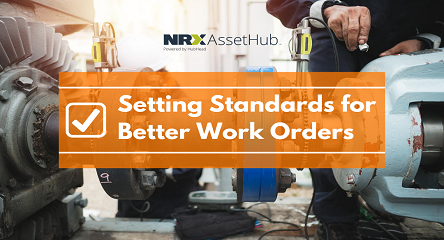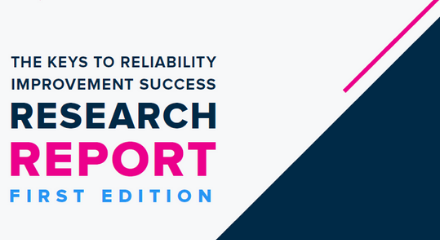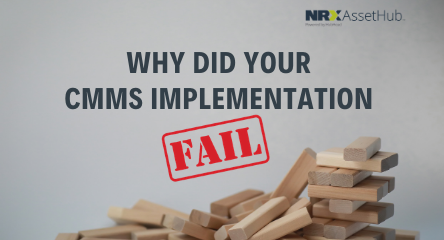Two Minute Tips
Why Did Your CMMS Implementation Fail?
You spent all your time and money looking for a CMMS/ EAM system only to find that your implementation process was a failure. One may argue that they took all the necessary steps required to set up and initiate their software, but implementation goes beyond that. An exemplary implementation will involve setting up, initiating, and, most importantly, using the software to its best advantage. This means knowing your software solution’s ins and outs and training team members to leverage them.
Common pitfalls in a CMMS/ EAM implementation:
- Lack of training: By far, this is one of the most common factors of a successful implementation. Simply not knowing how to make the best use of all tools and features within your software system does you no good and may lead to confusion at later stages.
- Software misuse: When used correctly, your CMMS/EAM software can provide you with all the data you are looking for. However, equipment and maintenance teams must know what is expected of them. In this regard, communicating with your team early on and involving them in the decision-making process ensures that everyone is on the same page and that data entry is consistent.
- Establishing best practices: Often, companies fail to establish best practices and objectives when it comes to using their CMMS/EAM software. This could potentially create room for ambiguity and poor-quality data. Setting goals at the beginning of the implementation process can help ensure all teams know the exact steps required for successful order completion.

Steps for success
Before initiating a CMMS/ EAM implementation, each team member must be well-trained and familiar with the expectations you set for achieving high-quality data. At first, it may be challenging to adjust to a new implementation, but ensuring you have all resources ready such as available time and money, can help you achieve a successful performance.





